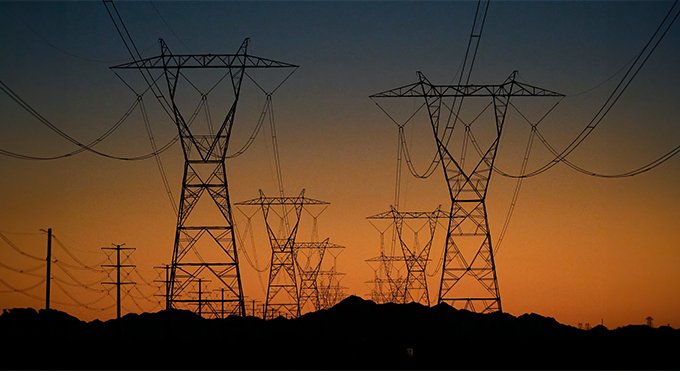EIGHT major private power stations, with a total output of 1 890MW, are scheduled to come on stream by the end of next year, to add to the repowering of the first six units at Zesa’s Hwange Thermal, more than doubling the output of that section of the country’s largest power station to an effective 800MW and taking its total output to 1 400MW.
This combination of private and Zesa investment over the next 15 months will see Zimbabwe generating enough electricity to drive its mining and major industrialisation thrust, which includes a lot of the heavy demand from beneficiation and processing of minerals and the heavy industrial base now finally being re-established and able to grow.
While load shedding has largely hit domestic and commercial users the hardest, with Zesa battling to maintain supplies to industry, the economic growth we have been charting does now need to encompass the heavy industrial sectors.
Much of Zimbabwean industry is service industry or the processing of agricultural raw materials, which is fine as far as it goes. But for major expansion that brings together all Zimbabwe’s competitive advantages, there are limits in these areas and we need to be able to transform the dramatic expansion of the mining industry under the Second Republic into the next processing levels.
By exporting at least final stage mineral products, we smooth out a lot of the ups and downs in world mineral prices and produce a far more constant export income since refined products do not vary nearly so dramatically in prices. Most people get to see this when they see the far smaller shifts in price in petroleum fuels when compared to crude oil, since many of the processing and refining costs are fixed, while the raw costs can fluctuate daily.
This need to meet the processing and heavy industrial demand explains why several private investments are being made into the energy sector, with some of the new power stations actually owned by some of the major users, and dedicated to their requirements, although Zesa will be buying surpluses for the grid.
The basic Zesa grid has also been built up since Zesa will be wheeling the power over the grid between the power stations and their main users, even when this is a private power station supplying a private customer or set of customers.
The lack of investment in electricity generation between the 1990s and the advent of the Second Republic was ameliorated at the beginning by the then surplus in generation within SADC, and the creation of the regional power pool and in the connecting infrastructure that allowed electricity to be moved between national grids.
Most SADC countries, as they have been growing their economies, have been using more power and most of the exporters of 30 years ago are now either just coping or would be willing to consider imports themselves, and are building up their own capacity.
This, along with the lack of adequate maintenance at the older part of Hwange Thermal and the fall in rivers flows into Lake Kariba, explains the present load shedding. But the important point is that progress is now being made at reasonable speed and, most importantly, we have established a system whereby major consumers are not just permitted to build their own power stations but are positively encouraged to do so.
Zesa and the Rural Electrification Agency are also keen on helping many ordinary consumers move more and more to solar. The REA now has a standard stand-alone model of a mini-grid able to supply 120kW of solar. This is not a lot, but when you start with nothing in a small rural community it can have a major impact.
At the very least it means that there is light, computers, refrigeration, water pumping and other essentials, and the bank of solar panels and batteries can always be expanded once the basic installation has been made. The local communities can start with these 120kW schemes and as they use their electricity, or some of it, to make money they will be able to afford to add capacity, even if this is just a panel or two at a time.
Zesa are also keen on helping irrigation farmers move off away from relying on the grid, and these days Zesa has to guarantee at least 100MW for irrigation farming with demand likely to grow. Solar is an obvious solution, and when it comes to water pumping there are other benefits that reduce costs.
Batteries are usually the most expensive part of any solar system, but it is quite easy to store water pumped in bright sunlight into fairly cheap tanks and reservoirs set correctly, and have the continuous flows 24/7. There might be some need for some pumping capacity even at night, but far less than if there is stored water.
And Zesa have noted that when farmers are not irrigating flat out they are likely to have surplus generation, and be able to sell that surplus to Zesa to help balance their bills.
While the better off in urban areas, and even some middle income earners, now have home solar installations, we think that better availability of loan finance would help accelerate this. Agreed, home installations are not much help when it comes to heating for cooking or hot water, although solar water heaters, an older technology, can do that, so there is likely to be still demand for a grid connection, but with a lower demand partly offset by sales during times of bright sunlight when the home batteries are full.
Our build up of generation capacity is now being accelerated by getting the Zesa system fixed up, add in the large private sector power stations and adding in the myriad of solar panels going up on businesses and homes and soon, we all hope, farms. All this added together and in many cases interconnected means the national output is growing to levels that our rapid industrialisation and economic growth can proceed without a major brake exerted by power shortages

